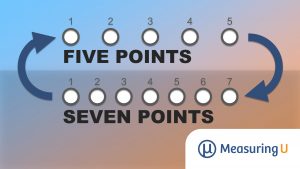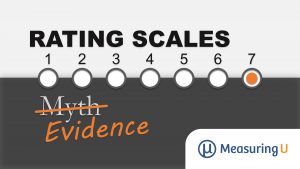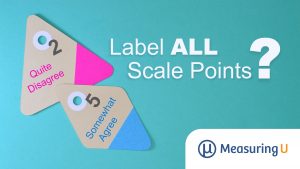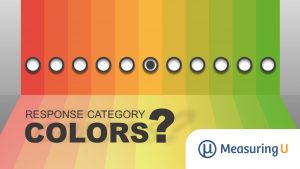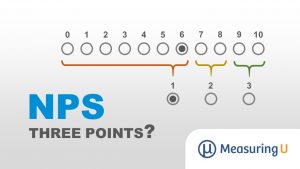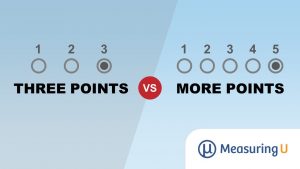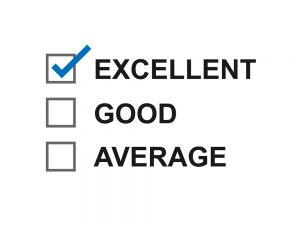
Converting Rating Scales to 0–100 Points
There are a lot of ways to display multipoint rating scales by varying the number of points (e.g., 5, 7, 11) and by labeling or not labeling those points. There’s variety not only in how rating scales are displayed but also in how you score the responses. Two typical scoring methods we discussed earlier are reporting
